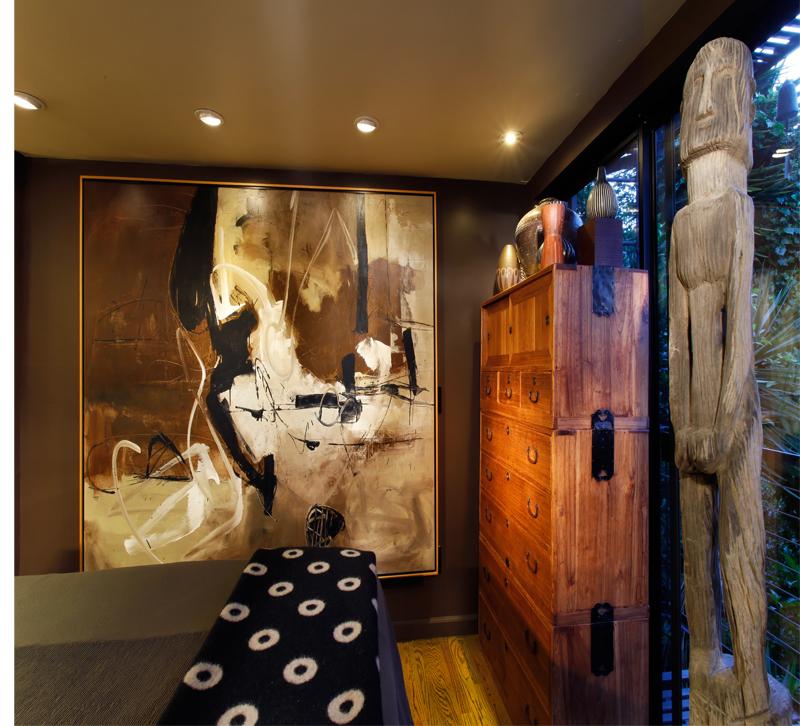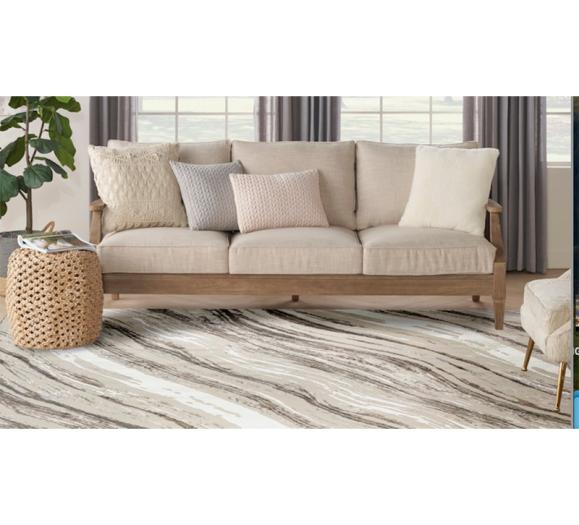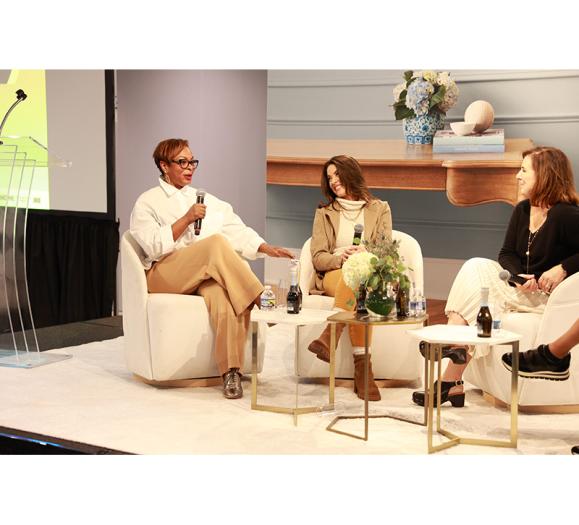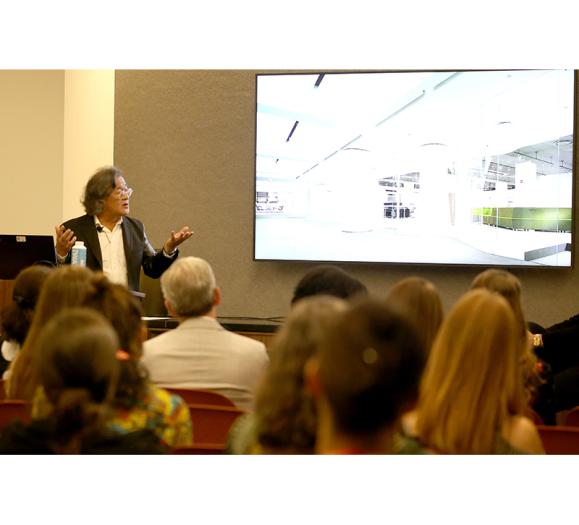TIP 1: The old switcheroo
The quick and easy thing to do is to replace the existing incandescent or CFL bulbs with LEDs. Most bulbs these days have an LED equivalent. There are now shelves and shelves of LED bulbs in front of you when going into a showroom or a hardware store, and especially online. You have many more choices these days in what the color of the light is, and what the color quality of the light is as well.
You also have brightness options. There are three things to consider when picking out the right bulb for your situation:
1) Color Temperature: All lights emit a hue of illumination. This is measured in degrees Kelvin. For example, daylight is 5000K and incandescent light is 2700K. Dimmed incandescent is 2400K and candlelight is 2150K — the higher the number, the whiter (cooler) the light becomes. When people are looking at the box of an LED light bulb, they should check out what the color temperature is to make sure that they’re getting a warm incandescent quality of light, or whatever color works for them.
2) Color Rendering Index (CRI): This compares the quality of light to incandescent. Incandescent has a CRI of 100 — you’ll want to pick a product that’s closest to 100. Many of the LEDs on the market are in the 80 to 85 CRI range, which tends to flatten out colors. Look for a product that has a CRI rating of 90 to 98.
3) Lumen Output: This tells you how much light you’ll be getting from a light source: a 40W incandescent bulb produces 500 lumens; a 9W fluorescent produces 500 lumens; and depending on the manufacturer, a 9.5W to a 12.8W LED can produce 489 to 575 lumens.
TIP 2: Retrim to win
Many people have existing recessed fixtures in their ceilings. Most of these are fixed downlights. A majority of recessed housings are termed universal,” which means there are a series of readily available trims that can replace the existing. You can turn a downlight into an adjustable fixture quite easily. LED PAR 20 bulbs or 120V LED MR16 bulbs with GU10 bases can be used in these new trims.
The great advantage to the 120V MR16’s is that no transformer/driver is required, which means the conversion will be more cost-effective and there is one less component that can fail. You can then direct that light toward art, tabletops or plants instead of just projecting pools of light onto the floor. There are also companies, such as Recesso Lighting (www.recessolighting.com) that have conversion kits, which can turn your downlights into decorative ceiling fixtures. This is an easy switchover that does not require an electrician.
TIP 3: Dimmed to perfection
The installation of dimmers for existing or new lighting can offer a full range of light levels to make a space feel livelier or more intimate, based on the event. More and more LED products are able to be dimmed with readily available dimmers. The manufacturers of LED light bulbs and fixtures will test their products with the major dimmers on the market, then list that information on the boxes with their products, as well as on their websites. This way you can make sure to get a dimmer that will work properly with the LED items you have selected.
As a general rule, the dimmable LEDs on the market do not get warmer in color when dimmed. A newer technology called “warm dim” is starting to open up so that you have the option of purchasing LED products that do appear to become more amber as they’re reduced in intensity. There are a few screw-in LED light bulbs, such as those made by Green Creative (www.gc-lighting.com) that appear to get warmer when dimmed. This is a trend that I see as becoming the norm. The more LEDs look and feel like incandescents, the more they will be accepted by the general public.
Another cost-effective option to having the warmth of dimmed incandescent is to select bulbs that have a color temperature of between 2150K and 2400K. Here, the warmth is already built in no matter what light level is selected. I say “go warm or go home.”







